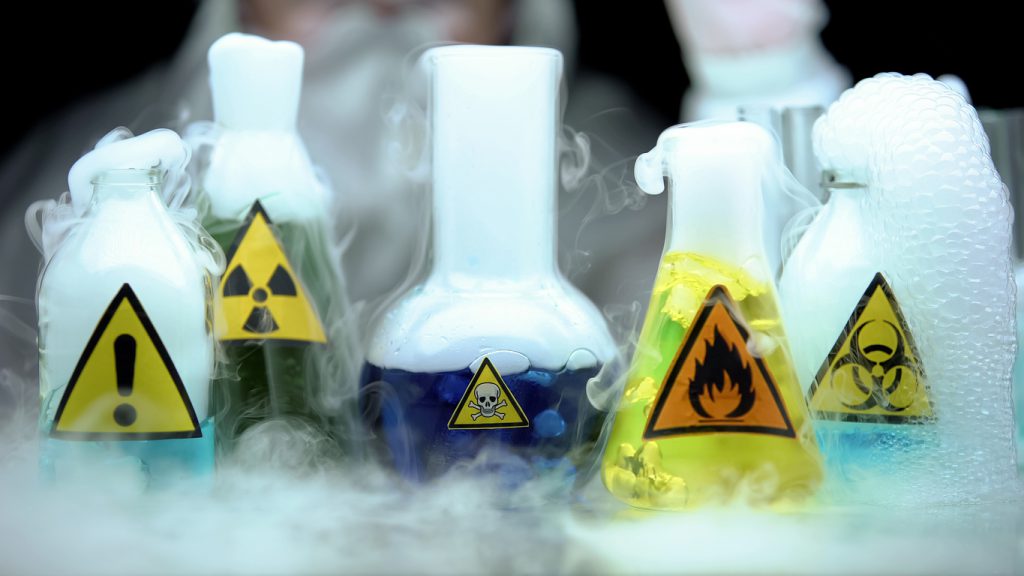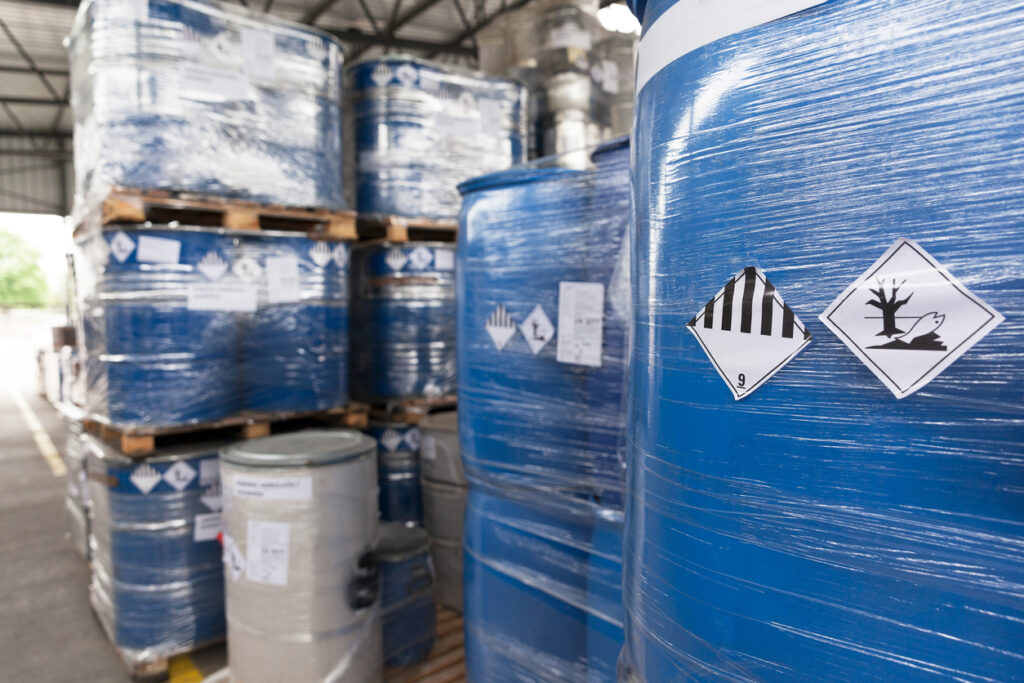Hazard communication, or HazCom, is a set of protocols that businesses and importers must put in place in the workplace to properly communicate hazards related to chemicals during handling, transportation, and any other kind of exposure.
Chemicals are dangerous for several reasons. Health risks associated with chemical qualities as well as probable usage or storage consequences are widespread. They could be combustible, like acetone or isopropyl alcohol, or fatal, like nitroglycerin. Some chemicals, especially oxidizers like potassium permanganate (KMNO4), react severely with glycerin, even starting flames. Compressed gas hazards include propane cylinders for fueling or welding and blanketing gases like acetylene or argon (Alkynes).
Dangerous compounds can resemble harmless substances. Many hazardous liquids are clear and hence appear to be water, yet they can cause serious injury or death if unintentionally eaten. Many solid chemicals are white and granular in appearance, resembling sugar.
Other drugs are harmful because they can create acute or chronic health issues. There are corrosive substances in the body (HCL, H2SO4) that might cause tissue injury when in touch with the body (NaOH, KOH). Like arsenic (As), some chemicals are highly toxic, meaning a single dose or brief exposure can produce serious health effects. Short- or long-term contact with some chemicals might cause respiratory irritation, skin sensitization, narcotic effects, or allergic skin reactions. Finally, pollutants that infiltrate marine ecosystems like rivers and lakes can harm species or humans.

Hazard Communication
“Hazard Communication is also known as HazCom,” which aims to keep individuals safe by informing them about potential threats of damage, like dangerous workplace hazards.
The Hazard Communication Standard (HCS) is a set of OSHA regulations that govern workplace chemical labeling. These regulations were modified in 2012 to conform to the Globally Harmonized System, a worldwide standard (GHS). Many people focus on the current set of regulations as “HazCom 2012” because it was issued in 2012.
To ensure workers understood the information provided, the change featured a clear and consistent method to discuss various sorts of threats. As a result of the shift, outdated RTK chemical safety systems don’t always meet the new HazCom 2012 specifications.

GHS (Globally Harmonized System)
In 1992, the United Nations Conference on Environment and Development brought together government officials and other stakeholders (UN). There was much discussion concerning the quality and methodology of danger communication data, as well as the differences between jurisdictions. Lack of consistency made it difficult for employers to handle hazard communication and provide timely access to vital chemical information.
The initial edition of the Globally Harmonized System for Hazard Communication (GHS) was issued in 2003 by a UN panel after years of research.
OSHA can eliminate the problem of missing or unclear information at the source by forcing every chemical supplier and distributor to apply a standardized label to each container before exporting it. This is the reason why OSHA has modified its workplace labeling standards.
Six elements of a shipped label:
Manufacturer identification
The chemical manufacturer’s name, address, and phone number. If you import chemicals and the SDSs written outside the United States show foreign phone numbers and addresses as key contacts in Section 1, an OSHA letter of interpretation recently highlighted that you may be accountable for writing new SDSs with domestic references in Section 1.
Product Identification
The dangerous substance can identify by its chemical name, registration number, or batch number.

Signal Word
You’ll only see two signal words: “Danger” and “Warning.” The signal word “Danger” denotes the most dangerous threats. What if the same chemical product has some dangers that warrant a “warning” and others that warrant a “danger”? Because it’s the more serious of the two, the label will still only say “danger.”
Hazard Statement
These are the statements that define a chemical’s risk factors, such as “causes kidney damage when absorbed through the skin”. Chemical makers should use the same precise statement for the same chemical hazards so that all users are aware of the risks.
Precautionary Statement
These are suggestions for how users might reduce the risks of chemical usage and storage, as well as how to respond to chemical occurrences. These statements could be about storage procedures, such as which chemicals to avoid. Keep powerful acid drums apart from strong base drums. In the event of a release, statements may also contain clean-up and disposal procedures, as well as first-aid treatment.
Pictograms
The GHS includes solutions to address these difficulties, such as substituting the SDS format’s excessive level of variation with a uniform 16-section structure. The GHS also regulated the pictograms that chemical manufacturers might use to communicate the hazards of their compounds.











